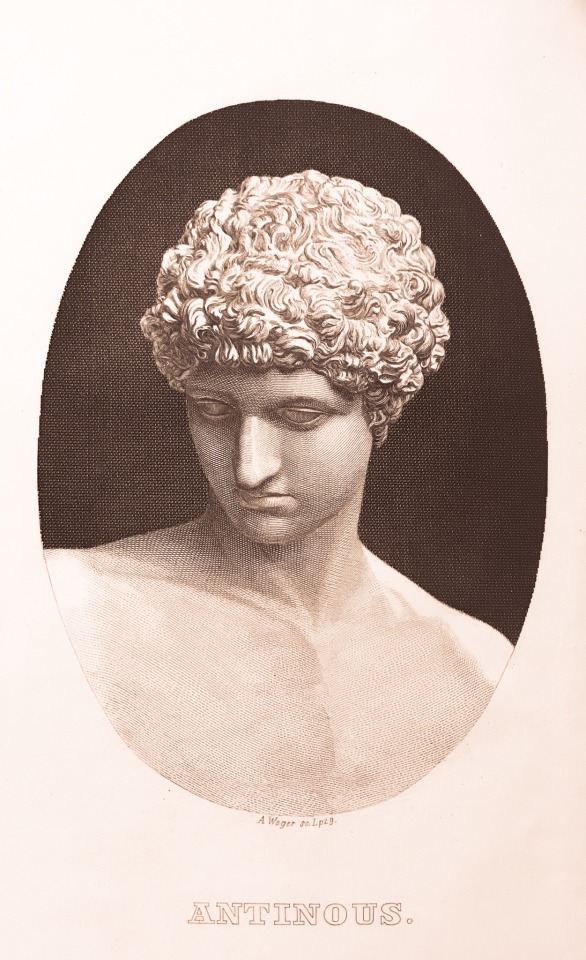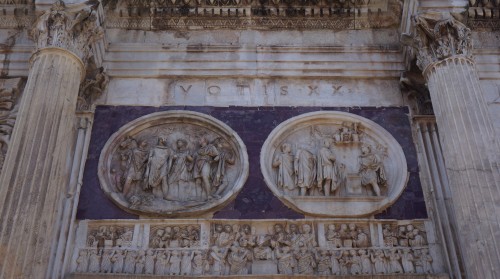#antinous

Lansdowne Antinous
Marble bust of Antinous portrayed as Dionysus, found at Hadrian’s Villa in 1769.
- Fitzwilliam Museum, Cambridge.


Bas-relief of Antinous as Vertumnus
In Roman mythology, Vertumnus [ˈWɛrtʊmnʊs]; is the god of seasons.
Found at Villa Albani in 1767 by Joachim Winckelmann.
Statue of Antinous as Dionysos ( aka The Antinous Braschi), Vatican Museum, Sala Rotonda.
This colossal sculpture (3.5 meters) was found in excavations in 1792-1793 in an area presumed to have been the villa of Hadrian at Praeneste. This statue showing Antinous as Dionysus dates from the years immediately following his death. When the cult of Antinous was denounced and the Christian iconoclasts were smashing the images of the pagan gods, the devotees of Antinous gently laid down and covered the statue so that when it was found scarcely any of its extremities were damaged.
Post link

Depiction of Antinous by A. Wager from fifth edition (1884) of George Taylor’s “Antinous”
Beautiful tondos, portraying episodes from Hadrian’s life. On the left is the famous lion hunt scene, on which Hadrian took Antinous. Sadly vandalised by someone(and yes, I look at you, Constantine). Hadrian’s head was cut and changed to Constantine’s. Now can be seen on the Arch of Constantine in Rome.
Post link

Also available as a postcard :) Visit here!





